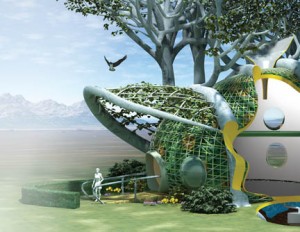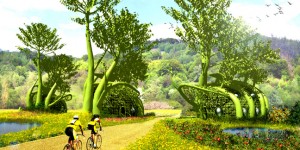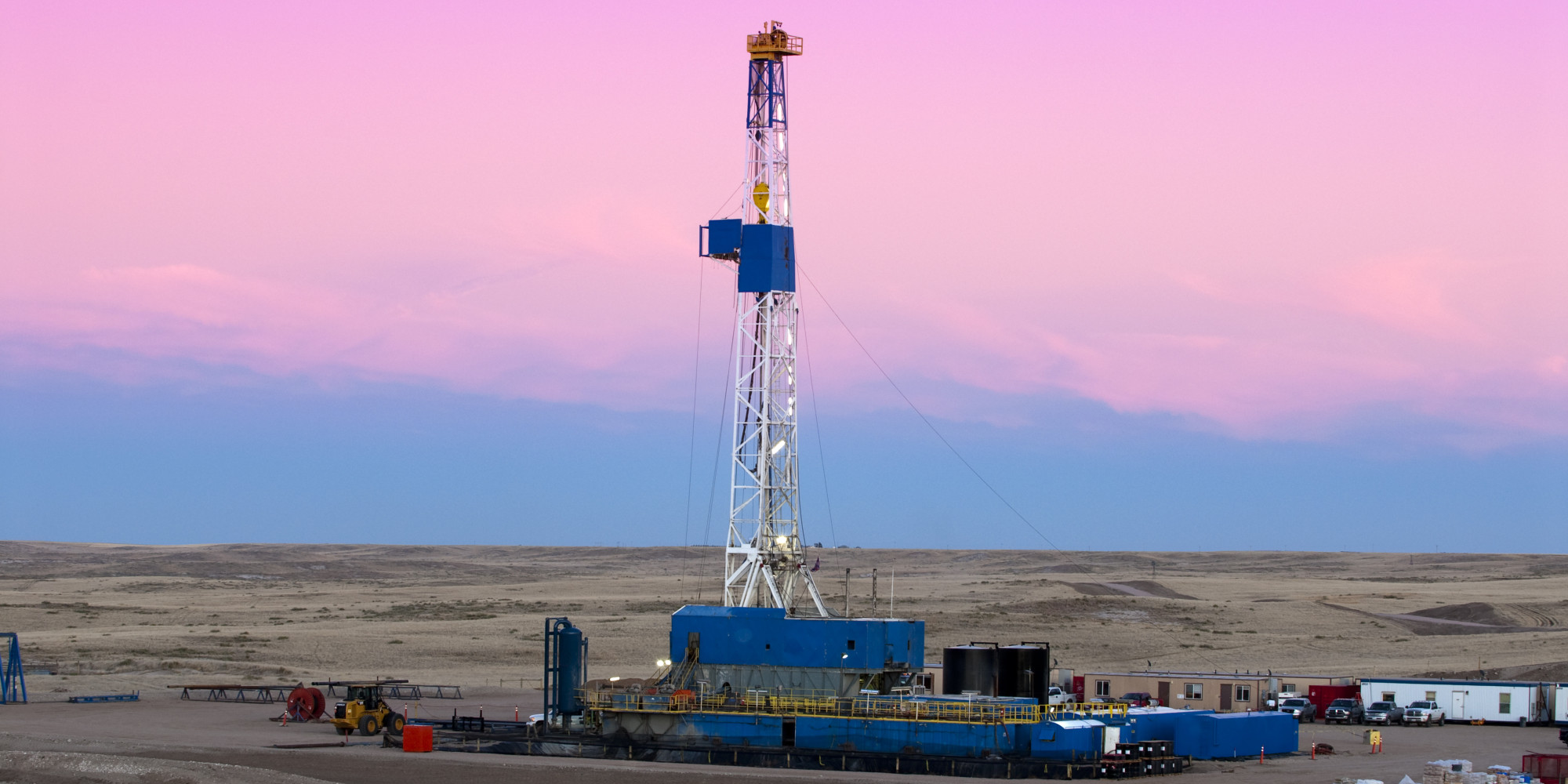Vancouver has long been thought as a Canada’s green city on the edge of a rainforest. Shortly after Mayor Gregor Robertson was elected in 2008, he dramatically reshaped the city’s economy, infrastructure, energy and transportation systems through a deep green lens. [3] And in recent years, Vancouver has taken steps in order to be even more environmentally sustainable, craving for the world greenest city.
The redevelopment of False Creek and Coal Harbour near Vancouver downtown area had put more homes within walking distance of the central business district. Vancouver had been putting efforts into encouraging walking and biking that by 2004 it had already surpassed the target set for 2021. [3]
But to a committed environmentalist as Robertson, it was not enough. Months after his election, Robertson assembled 20 experts for a Greenest City Action Team. The goals the team had set for the city’s Greenest City Action Plan were: (1) Reduce greenhouse gas emissions by 33 per cent from 2007 levels by 2020, (2) Double the number of “green jobs” from 2010 levels, (3) Require as of 2020 that all new buildings be carbon neutral, and cut energy by 20 per cent from 2007, (4) Cut per capita water consumption by 33 per cent from 2006 levels, and (5) Reduce waste going to landfills or incinerators by half from 2008 levels. [3]
Although the goals seemed to be implausible, five years after the team was established, there were tangible evidence everywhere reshaping citizens’ views on the environment. Sometimes, the biggest change drivers were hidden. The 2012 BC Building Code, one of the most advanced in the world, affects many of city’s green initiatives behind the scenes, including mandatory low flow water devices, construction materials and methods. [1] [3] Considering the buildings representing total 55 percent of city’s greenhouse gases, changing and regulating the way they are built will make a difference, although it might take a long period of time. [3]
In its report last year, the city said it is on track with many of its targets. For instance, water consumption has dropped by 20 percent, more people are walking or biking that the number of hazardous air quality alerts declined by 41 percent. [3] Hundreds of garden plots were created and thousands of trees were planted. The overall level of greenhouse gas emissions has declined by four percent. [3]
Robertson says, “The greenest city in the world goal was unprecedented and required lots of definition and community process to hammer out what that means and how we get there. So taking the first few years to deliberately define and timeline our targets was really important. There has been really solid progress on several goals in the first five (years) but I expect our pace will quicken and as other cities innovate we can learn from them and the global progress in greening cities will accelerate dramatically.” [3] With the passion and enthusiasm for green, Robertson and the Greenest City Action Plan team bring, let’s look forward to see how Vancouver turns into a greenest city in the world.
References:
[1] http://housing.gov.bc.ca/building/code_questions/index.htm#01
[2] http://vancouver.ca/green-vancouver/greenest-city-2020-action-plan.aspx
[3] http://www.vancouversun.com/technology/green+Vancouver/9537550/story.html








